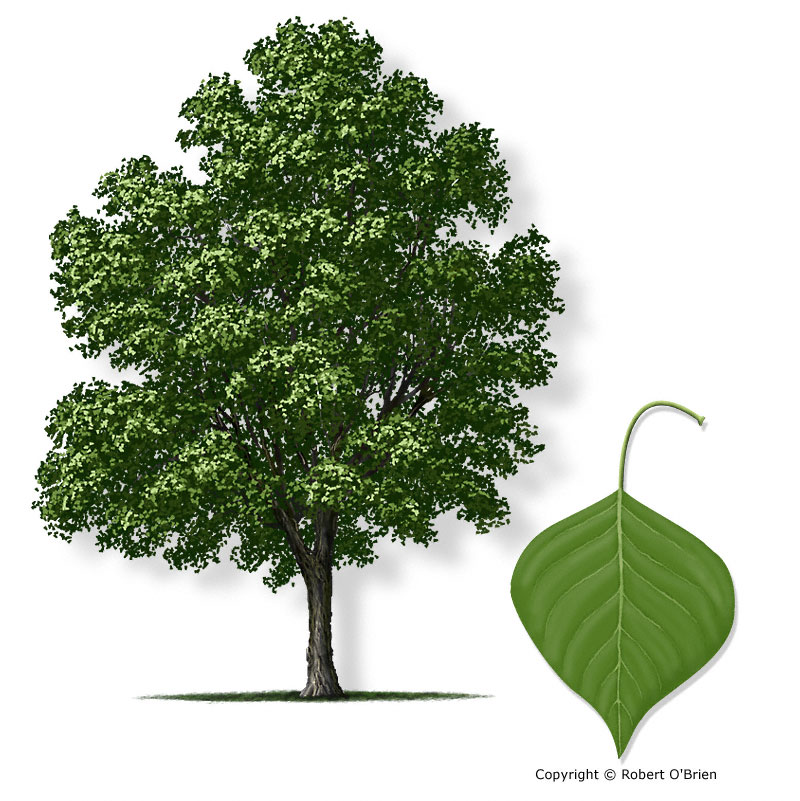Ashley, I'm having a hard time identifying this tree because I can't get a good look at the leaves.

Check out this site, and see if it'll help you.
 What kind of leaves does the tree have?
What kind of leaves does the tree have?
The tree wasn't on that web site, BUT it gave me some inspiration and I googled "yellow flower trees" and happen to see the right flower pretty far into the search!!! So happy to finally figure this out! Thanks Wendy!
Now to find out if it's bird safe
Name: Chinese Tallow Tree (
Triadica sebifera)*
 Type:
Type: Deciduous tree
Description: A small to medium-sized tree with a crooked trunk 12" to 18" in diameter and a height to 50 feet at maturity.
YES!!! We do have many Chinese Tallow Trees around the lake, up stream and down stream of Canyon Lake. Eradication of the tree is difficult, but if you follow expert advice, it can be removed from your propert to prevent spreading and blocking lake access and the veiw of the lake.
Range/Site Description: Native of Japan and China, tallowtree is now found in yards, pastures, fencerows, and other unmaintained areas throught coastal and southeast Texas. Tolerates all soil conditions, but not cold-hardy in North or West Texas.
Leaf: Simple, alternate, 2" to 4" long, generally triangular, with a wedge-shaped leaf base and a long, pointed tip; leaf edge smooth. Fall color varies from yellow, orange, red, and purple, sometimes on the same tree.
Flower: A long, yellow spike of flowers, 8" to 10" long, appearing after the leaves in the spring.
Seed Pod : Dark gray, 0.5" diameter, three-parted seed clusters open to reveal white, popcorn-likewaxy seeds in late fall or winter. Birds eat and spread the seeds. Not for human consumption!
Bark: Tan and bumpy when young, developing flattened ridges that flake outward on older trunks to give a slightly shaggy appearance.
Wood: Wood is weak and soft, decays easily. Seeds can be harvested for the waxy coating to make soaps and fuel oil.
Similar Species: Native shrub coralbean (Erythrina herbacea) has similar leaves, but fruit is a pod. Quaking aspen (Populus tremuloides) occurs only in the highest mountains of West Texas.
History: First introduced to the Gulf coast by the USDA in the 1900's to develop a soap-making industry from the seeds.
 It would be fantastic if the branches/wood is parrot safe, I'd have a ton to choose from.
It would be fantastic if the branches/wood is parrot safe, I'd have a ton to choose from.










